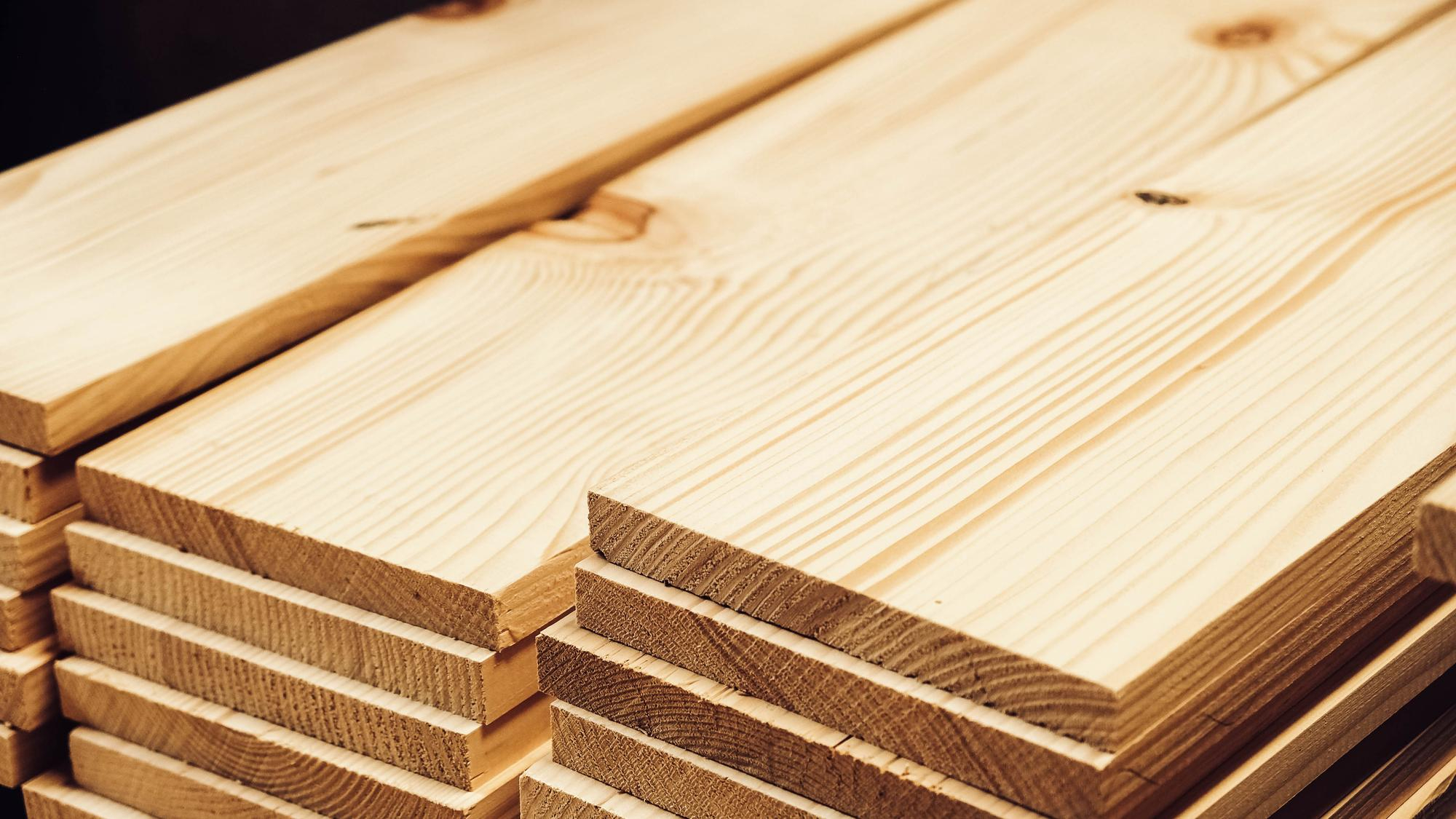Woodworking is an age-old craft that has captivated artisans and enthusiasts for centuries. It requires attention to detail, from crafting intricate furniture to constructing durable structures. One crucial aspect of this craft is wood planing. But what exactly does “wood planed” mean?
This guide will delve into the world of wood planing and planed timber. It will explore the process, its benefits, and the advanced techniques you can apply, so read on!
Wood Planing Explained
Wood planing is a fundamental technique in woodworking. It involves removing thin layers of wood from the surface of a workpiece to create a smooth, even finish. This process is achieved using a specialised tool called a hand plane or a power planer.
Wood planed improves the overall quality and durability of timber products. By removing imperfections, wood planing creates a pristine canvas for further woodworking operations. These include sanding, staining, or varnishing.
The history and evolution of wood planing techniques date back to ancient times. During the early civilisations, people used rudimentary hand tools to shape wood. Over the centuries, woodworking techniques and tools evolved significantly. From the basic hand plane to the advanced and thickness planers available today. But the goal has always been to achieve smoother surfaces and precise dimensions.
Wood is planed for various reasons, including:
1. Surface preparation
Planing ensures a flat and level surface for joinery. Great examples are creating tight-fitting joints and aligning boards.
2. Finishing touch
Wood planing enhances the natural beauty of the wood grain. It allows it to shine through after applying finishes like oils, varnishes, or paints.
3. Smoothing rough lumber
Rough-sawn or rough-cut wood often requires planing. This process removes saw marks, knots, or rough edges.
4. Dimensional accuracy
Planing helps achieve precise thickness and width measurements. It ensures uniformity and consistency in woodworking projects.
Different types of wood are commonly used for planing, such as:
- hardwoods like oak, walnut, and maple
- softwoods like pine and cedar
Each type of wood has its unique characteristics. Planing them can result in distinct finishes, grain patterns, and textures. Planed wood has a variety of uses, usually in a manner which shows off the planed timber finished. These include:
- Exterior cladding boards (this can be both for shed cladding and construction cladding)
- Decking boards
- Timber for Caravans & Leisure Homes
Wood Planed Process
Successful timber planing involves several steps. Here’s a breakdown of the process to give you an idea:
- Choose the appropriate type of wood based on your project requirements. Consider factors like hardness, grain pattern, and stability.
- Gather the necessary tools and equipment, including a hand plane or power planer. You’ll also need sharpening stones and measuring tools, such as tape or callipers. Plus, safety gear (such as goggles and gloves).
- To prepare, ensure the wood is securely clamped or held in place on a workbench or sturdy surface. It must be free from debris that could interfere with the planing process.
- Begin by making shallow, light passes across the surface of the wood. Gradually increase the depth of the cut with each pass, focusing on small sections at a time.
- Maintain steady and consistent pressure on the tool, moving it in the direction of the wood grain. Avoid applying excessive force, which may result in tear-out or uneven surfaces.
- Regularly inspect the wood surface for any irregularities, e.g., rough patches. Use a straightedge or your hand to detect high spots and make additional passes to level them.
- Once the surface is mostly smooth, use finer grit sandpaper or a smoothing plane. Give it a final pass to achieve a polished finish.
For beginners looking to improve their wood planing skills, here are some tips:
- Start with practice pieces or scrap wood to refine your technique.
- Ensure your tools are sharp and properly maintained for optimal performance.
- Take your time and work slowly. Let the wood plane do the work rather than applying excessive force.
- Pay attention to grain direction and adjust your planing technique accordingly.
- Seek guidance from experienced woodworkers. Or consider taking woodworking classes to learn advanced wood planed techniques.
The Benefits
Wood planing offers several advantages that enhance the beauty of the wood grain. Planing reveals the wood’s intricate patterns, colours, and textures by smoothing the surface.
In terms of quality and durability, wood planing plays a vital role. Wood planed eliminates irregularities that could compromise the wood’s structural integrity. It ensures that joints fit tightly and evenly, reducing the risk of gaps or weak connections.
Wood planing also contributes to precision in measurements and fitting during construction projects. Woodworkers can achieve consistent dimensions by planning wood to precise thicknesses and widths.
Moreover, wood planed minimises the risk of splintering and other safety concerns. Removing rough edges reduces the chances of getting splinters when handling the wood. This promotes a safer woodworking environment for the craftsman and the end user.
Overall, wood planing elevates wood products’ aesthetics, quality, and durability. At the same time, it enhances precision and safety in timber projects – which, at TimberX, is something we love to get excited about!
We used planing to create a superior, and safer, finish on many of our cladding and decking products.
Round-up
Understanding what wood planing means is a fundamental aspect of woodworking. In this guide, we’ve explored its significance in the following
- achieving smooth surfaces
- enhancing aesthetics
- improving the overall quality and durability of wood products.
Wood planing ensures precise measurements and fittings. At the same time, it minimises safety concerns like splintering. Mastering its art opens up a world of possibilities for creating polished pieces. This applies to whether you’re a beginner or an experienced woodworker.
To get started on your next project, browse the quality products TimberX offers!
